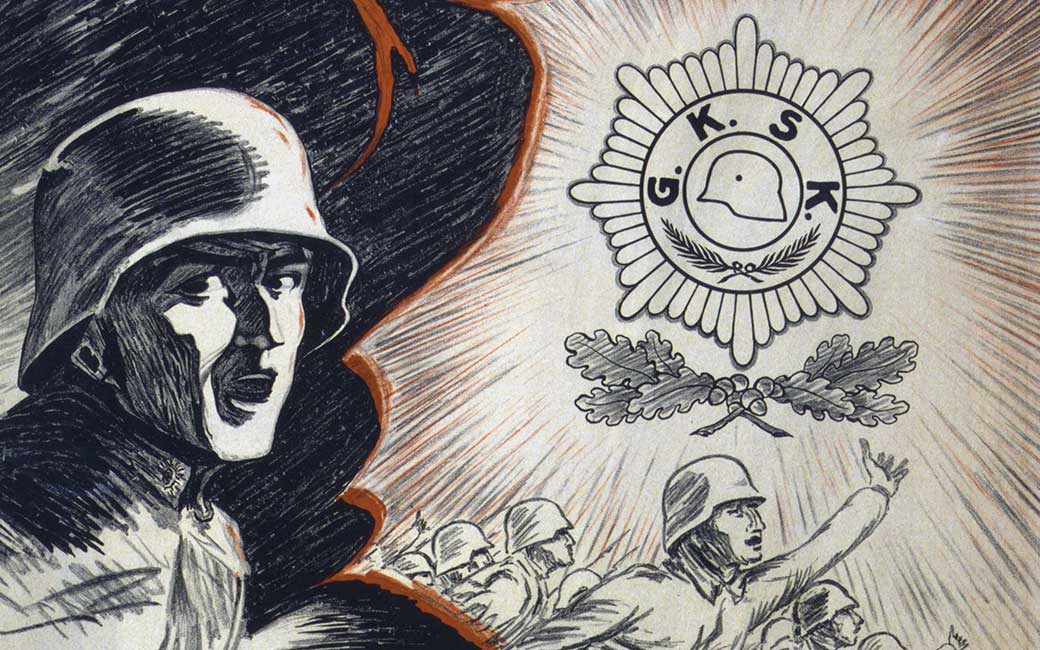Battlefields and home fronts: Germany 100 years later
A Q&A with NYU guest lecturer Molly Nolan, addressing the correlations between Germany in 1918 and Germany in 2018.
By Sedonia Martin on March 12, 2018

As part of the College of Liberal Arts' WWI centennial speaker series, Molly Nolan, professor of modern European history at NYU, will present a lecture, “Battlefields and Home Fronts,” on Tuesday, March 13, at 5 p.m. in CLA room 4310.
The lecture is free and open to the public.
Professor Nolan will address the correlations between Germany in 1918 and 2018. A specialist in German social and labor history and the politics of the Holocaust and World War II, Nolan is the author of five books and numerous articles dealing with European-American relations. She is now researching the intersections between human rights and neoliberalism from the 1970s to the present.
You’ve spent your career studying German social and labor history (and more); why have you focused on this subject?
Modern German history touches on many of the most complex, fascinating and troubling developments of the past century: war and revolution; social democracy and communism; Nazism, anti-Semitism and racism; the divisions and conflicts of the Cold War and the newer problems of the post-Cold War world in which we now live. It has given my students and me a chance to explore economic transformations of many sorts, the contested impact of America in Europe, and a hundred-plus years of feminism and anti-feminism. Germany experienced and perpetrated the worse horrors of the 20th century and in its second half, displayed some of its economic and political successes. It is a fascinating object of study in and of itself and a microcosm of the twentieth century.
What are some of the correlations between Germany in 1918 and now? How are these correlations impacting Germany today?
Germany in 2018 looks at first glance not at all like Germany in 1918. Today it has enjoyed over 70 years of peace, rather than four years of total war. It is the most prosperous country in Europe and a global economic leader, whereas in 1918, it was economically disrupted and militarily defeated and soon to owe vast reparations to Britain and France and lose its colonies. Domestic class tensions and political divisions were enormous and the newly established republic was unpopular and unstable.
That said, all is not well in the Federal Republic today, despite its legitimacy and economic success. The long-stable, two-party system has weakened, and there is growing criticism of elites and of the European Union. The former Communist East still feels it is the disadvantaged part of the nation. After Germany took in over 1 million refugees in 2015, anti-refugee and anti-Muslim sentiment is growing. A new far-right, ethno-nationalist party, the Alternative for Germany, is now the third-largest party in Germany.
Most commentators don’t draw parallels between 2018 and 1918 but rather between 2018 and the early 1930s as Hitler rose to power. They ask if there is danger that fascism will return. I don’t see the danger of a new Hitler overthrowing the democratic government. I do worry about Germany, like many other European countries and the US, moving farther to the right, becoming less democratic, more illiberal and authoritarian, more isolationist and more racist and Islamophobic.
Why should this matter to the United States? Is it important to our social and labor history?
Germany and the United States have long had intense economic, political and cultural relations; over the 20th century they have been economic and cultural competitors, enemies, and, since 1945, close allies. People, ideas, goods, cultural products and economic models flow back and forth across the Atlantic. What has happened and is happening within these two nation states is shaped by what happens outside them. Most recently, each nation has been preoccupied by similar refugee concerns, the financial crisis of 2008, the rise of populist radical right parties, and concerns about climate change and wars or the threat thereof. Each nation has responded in ways that are sometimes similar and often different, especially about climate change and nuclear weapons. But what happens in Germany and Europe effects what happens here and vice versa.
How do you make this subject matter interesting to students of the social media age?
Germany is a country that seems to be perennially interesting to students, especially the World Wars and National Socialism. When I teach about Germany as when I teach about the global economy or human rights and Americanization or consumer culture, I try to make the present a puzzle that can only be understood by looking at how it developed over time. I try to show that the world hasn’t always been as it is now and need not always be so.